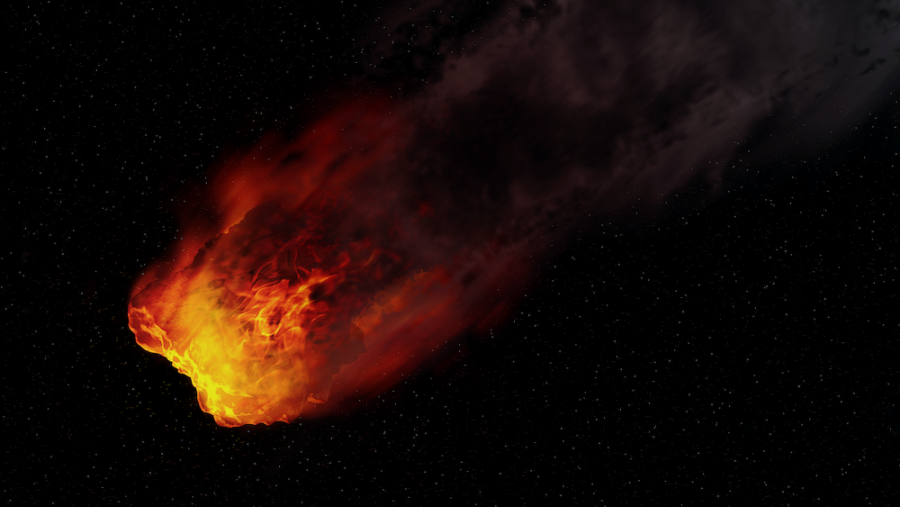Pacific Northwest Gets Meteor-Powered Fireball Light Show

Around 10:30 pm on September 23, a meteor lit up the skies of Oregon and Washington as a giant fireball entering Earth’s atmosphere traveled over the Pacific Northwest. From as far South as Paso Robles, California all the way North to Vashon, Washington, reports came in of a fireball streaking across the sky. The asteroid that caused the fireball was not large enough to withstand the heat caused by entry into Earth’s atmosphere, and burned up, causing the fireball.
The American Meteor Society (AMS) keeps a fireball log to track reports of meteoric activity over North America, and they recorded multiple sightings of the fireball in Oregon and Washington. From Bend to Coos Bay, the fireball streaked across the sky toward the Southeast, causing a bright flash followed by a few smaller bursts in different colors before disappearing. The AMS says that there were sightings all over the Pacific Northwest, including Northern California and Western Oregon.
A meteor becomes a fireball because as it falls towards Earth, friction heats it up along the way, causing it to eventually ignite in the atmosphere.
Caught on a home security camera in Cornelius, OR, the fireball was described by Jim Todd, an astronomy expert at the Oregon Museum of Science and Industry, as “quick and bright.” These characteristics make the meteor a fireball rather than a meteorite, says Todd. A meteor that is large enough to make it through Earth’s atmosphere intact will likely have cooled down enough to be a light streak rather than a bright burst.
A meteor becomes a fireball because as it falls towards Earth, friction heats it up along the way, causing it to eventually ignite in the atmosphere. That’s why a fireball is such a bright, short burst of light, rather than the dimmer streak you might see if a meteorite falls to Earth as a rock. Since the fire that causes it to glow is so hot, the process incinerates the meteor before it reaches Earth, leaving only smoke behind in the atmosphere.
From Bend to Coos Bay, the fireball streaked across the sky toward the Southeast, causing a bright flash followed by a few smaller bursts in different colors before disappearing.

Usually, a meteor that causes a fireball is made up of metals, ice, stone, or some combination of these elements. A meteor that emits a green trail as it becomes a fireball is usually made of copper, a purple glow indicates that the fireball is from a calcium-heavy meteor, and a magnesium-rich meteor will cause a blue fireball. An orange fireball is caused by a meteor made of mostly sodium, a yellow fireball indicates an iron-rich meteor, and a red-glowing fireball demonstrates the presence of oxygen and/or nitrogen.
The AMS is still taking reports from the public about the fireball, which could allow them to identify the origin of the meteor and track the path of the fireball.
Because the fireball that graced the skies of the Pacific Northwest glowed green, we can assume it was mostly made of copper. Even though the meteor appeared as a large fireball, even a golf ball-sized object can cause a bright display as it burns up in the atmosphere. The fireball was about three feet across, about average for a meteor that becomes a fireball, and it burned up between 60 and 80 miles up, also in the normal range for a fireball.
The AMS is still taking reports from the public about the fireball, which could allow them to identify the origin of the meteor and track the path of the fireball. They are still working on determining the exact location where the meteor entered the atmosphere and calculating the trajectory of the fireball to determine its path. Defining the source of the meteor can help predict future events from space rocks.
Source: KVAL News












